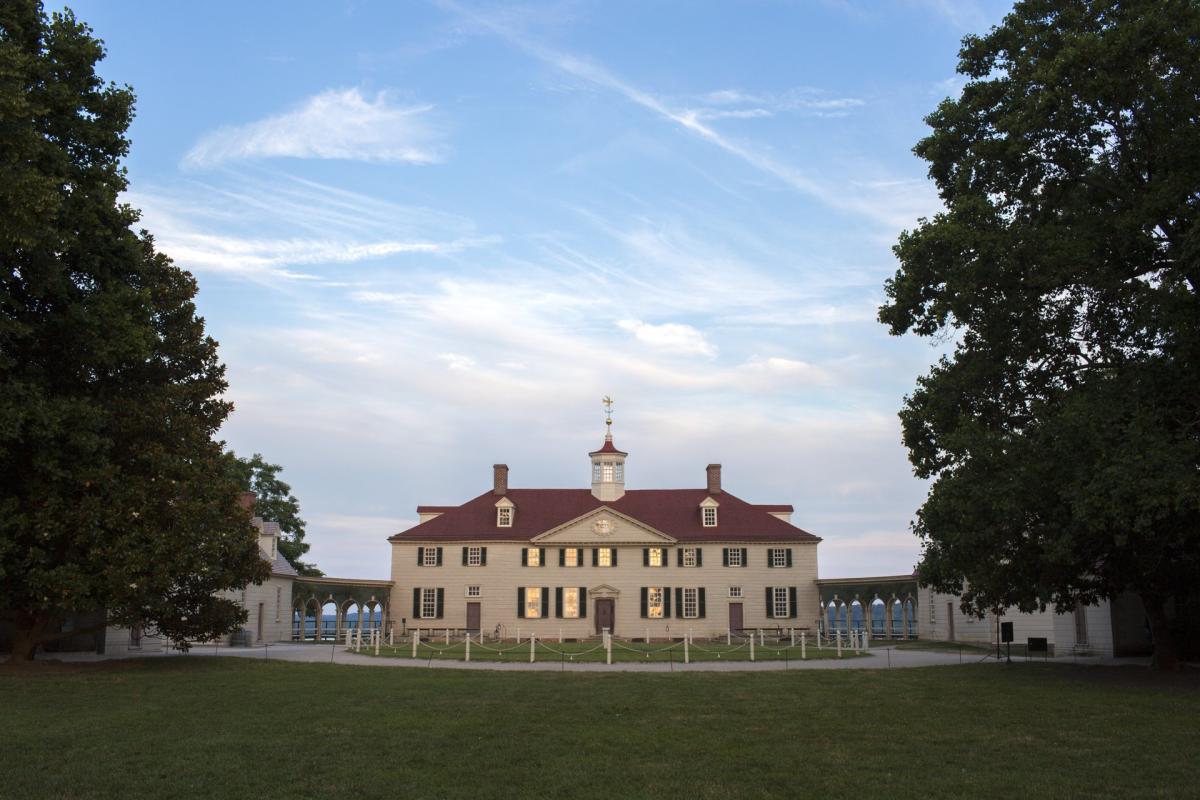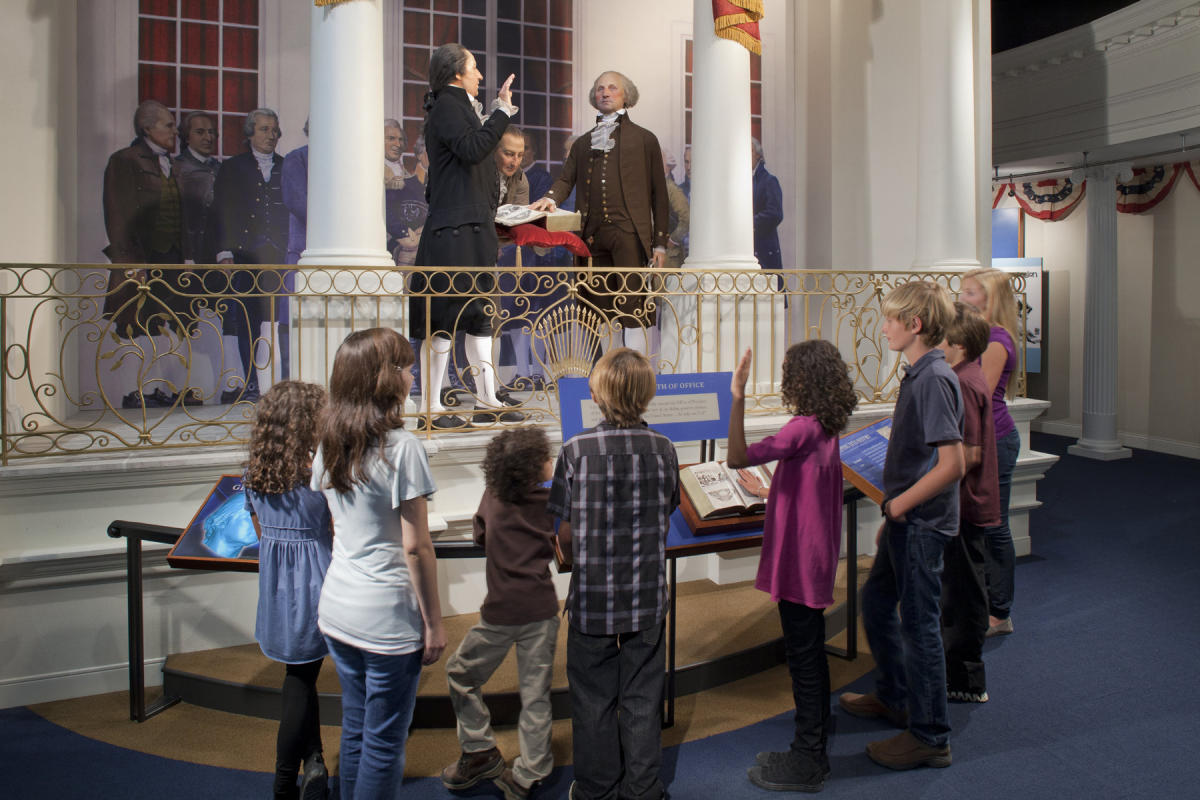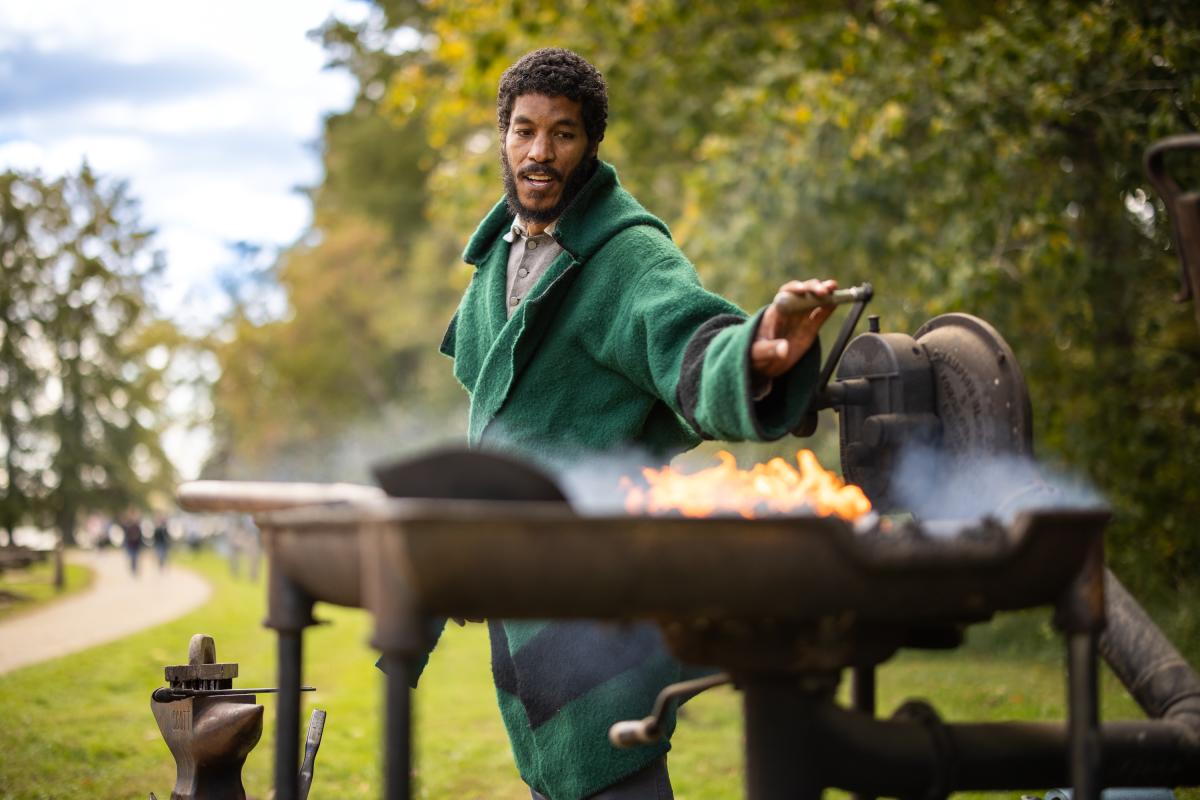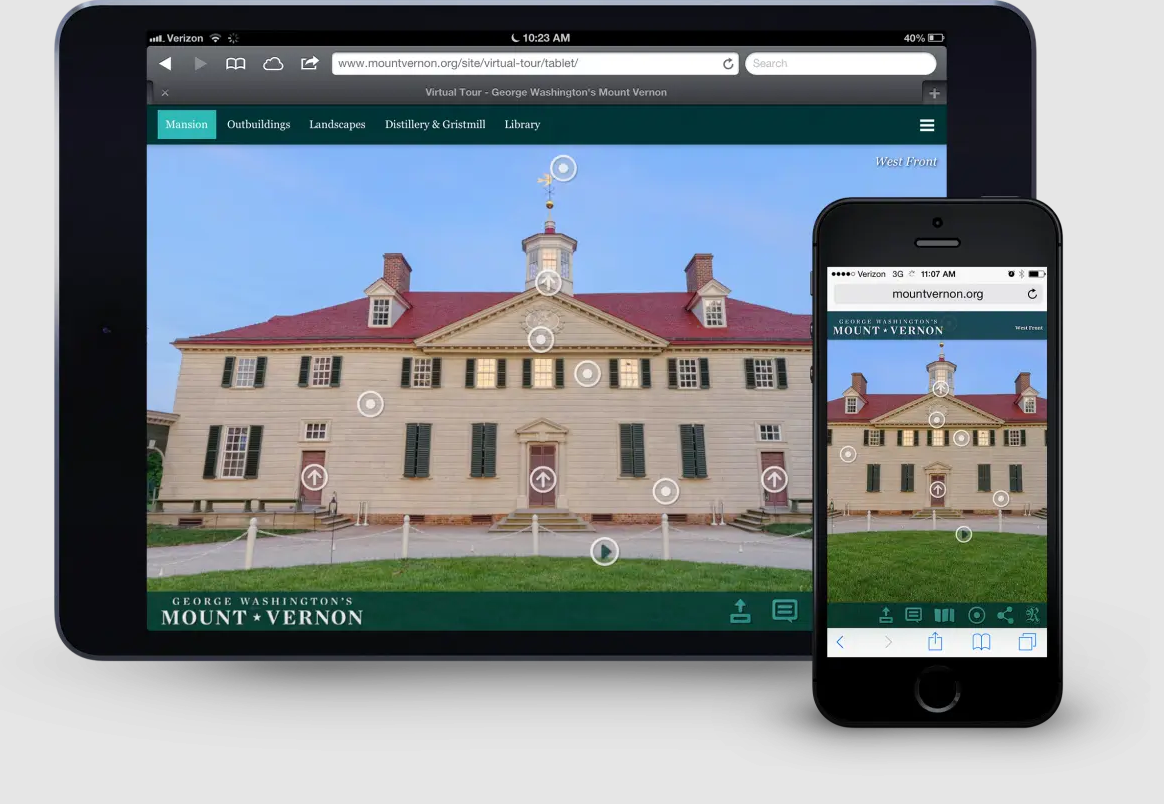From 2023-2026, Mount Vernon is embarking on a landmark preservation project to safeguard the Mansion’s original building fabric and ensure its structural integrity for generations to come. To see the latest on the revitalization project, including what parts of the estate are not accessible to the public, click here.
Fairfax County is blessed with an enormous array of incredible attractions, but it goes without saying that George Washington’s Mount Vernon is one of the most popular sites in the county. In fact, as the residence of our first President, it is also the most visited historic home in America, welcoming at least one million people each year. If you’re traveling on a family trip or weekend getaway to the DC area, Mount Vernon is a must-see historical sight.
One of the things that makes Mount Vernon so compelling is that it’s not just a story about securing and leading a new nation. It’s also a story about agriculture. Animal husbandry. Slavery. Family. And religion. And the property itself sings a new tune with each passing season. In essence, it captures a point in time, yet is also timeless — depending on how you look at it.
 Image by Sarah Hauser for Virginia Tourism Corporation
Image by Sarah Hauser for Virginia Tourism Corporation
Fortunately for all of us, Mount Vernon has one of the most robust online presences of any American attraction, offering countless videos, articles, and experiences worthy of POTUS #1. So here are 10 different lenses through which to enjoy Mount Vernon, each as powerful as the last.
Use this as your guide for an in-person visit (they are open 365 days a year).
Historically.
 Image courtesy Mount Vernon
Image courtesy Mount Vernon
From George’s dentures (no, they are not wooden) to his life and times, the on-site Museum and Education Center is the definitive source of historic information about George, his military career, his presidency, and his later years. For an even more scholarly look at George, the Fred W. Smith National Library for the Study of George Washington is adjacent to the property.
Domestically.
 Image courtesy Mount Vernon
Image courtesy Mount Vernon
A tour of the mansion not only shows you how George lived but also gives you an idea of the logistics and effort it took to sustain a Virginia gentleman during the 1700s. The home is more than 10x the size of the average colonial home, includes numerous outbuildings, and its iconic piazza overlooking the Potomac River was designed by George himself. You can tour the residence in person or take a virtual tour of the rooms and outbuildings online. For the time being, only the ground floor of the mansion is available for viewing in person. This includes the “New Room” (a grand salon), the dining room, the parlor, and the study that nobody else could enter but George.
Contextually.
 Image courtesy Mount Vernon
Image courtesy Mount Vernon
To really understand the property and its importance, you need to explore it in context. You should understand who George and Martha were. You should explore George’s roles in the French and Indian War, as well as the Revolutionary War. You should grasp his changing views on slavery and how he viewed the Native Americans he would lead as the nation’s first president. And finally, you’ll want to know how he viewed his family and religion. When you put this all together, you’ll get a holistic view of the man—and his estate—in the context of the times.
Culturally.

There are many ways to experience the culture of Mount Vernon. One way is through their packed calendar of live events, including the popular Wine Festivals and Sunset Tours, crafts fairs, and more. There is also a YouTube channel with dozens of videos depicting life at the estate. And, of course, throughout the museum, you’ll find exhibit after exhibit addressing the Mount Vernon culture.
Culinarily.

Image courtesy Mount Vernon
There was no drive-through back in the day. So most of what the Washingtons, their guests, and their staff ate was grown on-site. The gardens have been producing vegetables since 1760. Livestock was raised on site. And the kitchen, where famed chef Hercules, worked was separate from the house. Another way to explore Mount Vernon culinarily is to dine at the Mount Vernon Inn, where colonial favorites like peanut soup dot the mostly modern menu.
Fiscally.
 Image by Cameron Davidson, courtesy Virginia Tourism Corporation
Image by Cameron Davidson, courtesy Virginia Tourism Corporation
Mount Vernon wasn’t just a home. It was a profitable farm, selling tobacco, wheat, flour, and whiskey. In fact, George was one of the largest distillers in America at the time, producing nearly 11,000 gallons in 1799. You can still buy whisky from his distillery today – it was recently named the Official State Spirit of the Commonwealth of Virginia.
Naturally.

Image by Cameron Davidson, courtesy Virginia Tourism Corporation
Between the livestock, garden, Forest Trail, and the spectacular, sweeping East Lawn overlooking the Potomac, the Mount Vernon Estate is not just a practical home and business, it is a nature lover’s paradise. Locals who become a member can access the property daily, if they like, and enjoy the view. In fact, even Fido can come along, too.
Agriculturally.

Mount Vernon has its very own farm where visitors can explore George Washington’s innovative 16-sided Treading Barn and watch costumed interpreters bring history to life by demonstrating Washington's groundbreaking farming and fishing practices, hoe fields, cooking over a fire, shear sheep, and harvest. Visitors can also discover George and Martha Washington's famous recipes, get the chance to learn more about the lives of the enslaved workers who put Washington’s agrarian ideas into practice and meet all the animals living at Mount Vernon, including breeds raised on the estate in George Washington’s time.
Virtually.
 Image courtesy Mount Vernon
Image courtesy Mount Vernon
If you want to get a preview of your trip—or if you just want to visit online—you can tour the estate, grounds, and outbuildings virtually.
Seasonally.

Mount Vernon does an excellent job of honoring the seasons with events and attractions that make seasonal sense. In spring you can see all the new baby animals on the farm, check out the flower gardens, and be there when the distillery opens. In summer, why not arrive by boat and attend an outdoor event like the Independence Fireworks? In fall, you can walk the Forest Trail as the leaves turn or attend the Fall Wine Festival and Sunset Tour (there is one in Spring also…both sell out FAST). And in winter, you’ll find fewer crowds and a Christmas Illumination with fireworks and a slew of other holiday favorite events.
With 500 acres of attractions, 23 museum galleries, and an 11,000 square foot home to explore, Mount Vernon estimates that the typical 3–4-hour visit is not enough to see it all. So feel free to use our list to narrow down the things you must see in person, and visit the rest virtually, or better yet, make plans to return for a second outing! It really is an extraordinary property, hitting the interests of young and old on so many levels. Enjoy your journey.





